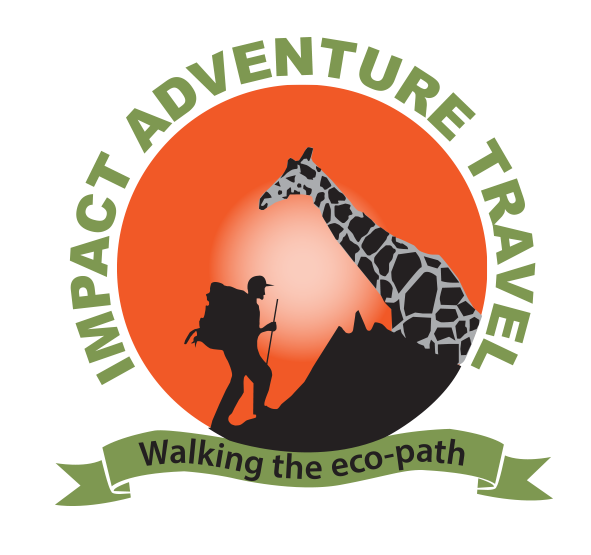…practice sustainable and ecologically sensitive tourism and see the living Kenya
Maji Moto and Loita Hills

Maji Moto and Loita Hills
This is the heartland of the Maasai people of southwestern Kenya. The Kenyan extension of the Serengeti plains, Loita area epitomizes the authentic African Savannah-endless plains interspersed with thorny acacia trees, grasslands and bush and scrub. Maasai herdsmen dot the grassy plains with their livestock. Maji Moto, our popular camping spot, is an extension of the Loita plains. The highest peak of the Loita hills is Osupuko peak (2,600m) which can be climbed after an exhilarating bush trekking experience in the expansive plains. A hike in the Loitas provides an opportunity for close interactions with the local Maasai people.
 You can visit Maasai homes, learn warrior training, witness traditional fire making, and get to know the daily routines of life of a fascinating culture.
You can visit Maasai homes, learn warrior training, witness traditional fire making, and get to know the daily routines of life of a fascinating culture.
Kilimo Talii-Chogoria

Kilimo Talii-Chogoria
An innovative venture offering an incredible experience in agro-tourism in the Mount Kenya region. The region has rich agricultural lands. Tea is the main agricultural commodity while maize, beans, bananas and other fruits are grown for domestic consumption and the surplus for sale. The project was started with the aim of exploiting the gap that existed between tourists and the locals by sharing of each other’s lifestyles and at the same time learning the agricultural, environmental, cultural and social diversities of each other.
 It attracts farm-based rural tourists, nature, culture and adventure tourists. The principal objective of this project is to attract the tourists and at the same time involve the local community in economic activities and environmental conservation. The project has a few cottages, a restaurant and a camp site.
It attracts farm-based rural tourists, nature, culture and adventure tourists. The principal objective of this project is to attract the tourists and at the same time involve the local community in economic activities and environmental conservation. The project has a few cottages, a restaurant and a camp site.
Kariandusi Prehistoric Site

Kariandusi Prehistoric Site
Located along the Naivasha-Nakuru highway, Kariandusi is a famous prehistoric site in East Africa. On display are stone tools and artifacts used by early man. The kind of tools suggests that the early humans who lived here and used them were of the Acheulian stage of the great hand axe culture. This makes the site an excellent spot to visit for school groups and evolution enthusiasts.
 Kariandusi site was discovered by Dr Louis Leakey in 1928 and is currently managed by the National Museums of Kenya. Adjacent to the site is the Kariandusi Diatomite Plant. In addition to the rich history, Kariandusi offers nature trails, a museum and caves.
Kariandusi site was discovered by Dr Louis Leakey in 1928 and is currently managed by the National Museums of Kenya. Adjacent to the site is the Kariandusi Diatomite Plant. In addition to the rich history, Kariandusi offers nature trails, a museum and caves.
We hope these amazing places inspired you to come to Kenya! Now discover the Ecotourism and Educational safaris we offer.
